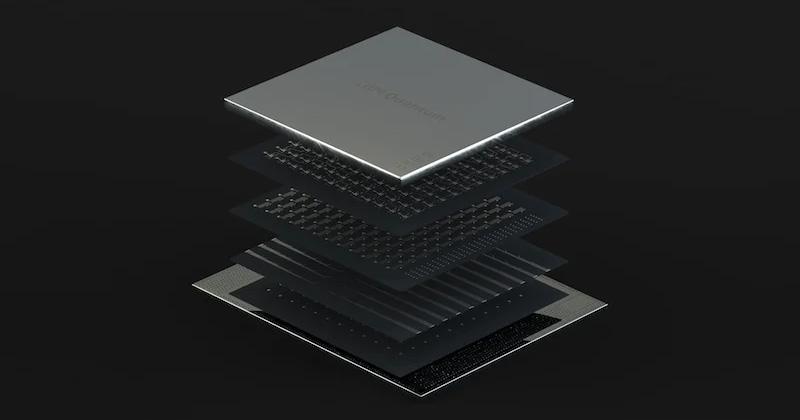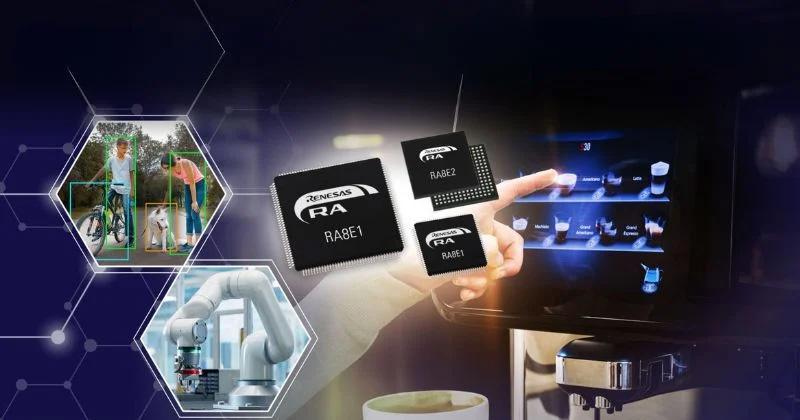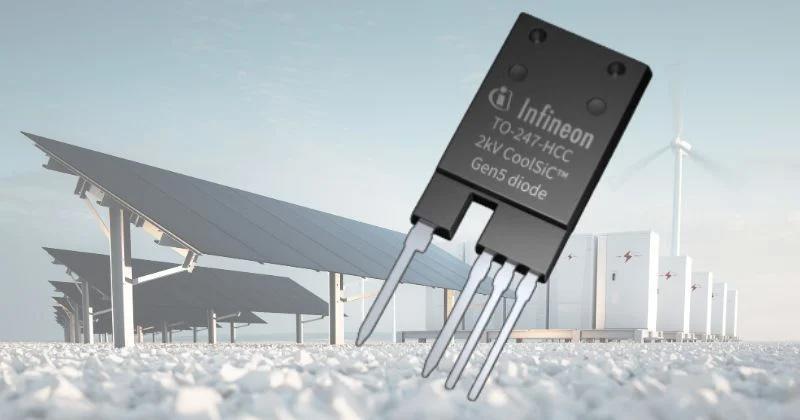
Embedded World 2025: Altera Releases New FPGAs for Smart Edge Devices
This week is Embedded World 2025, and designers from around the world are gathering in Nuremberg, Germany, to get a glimpse of the latest developments in embedded tech. Among these new advances, Altera has announced new FPGAs that designers can leverage to bring higher integration and performance to future edge devices.
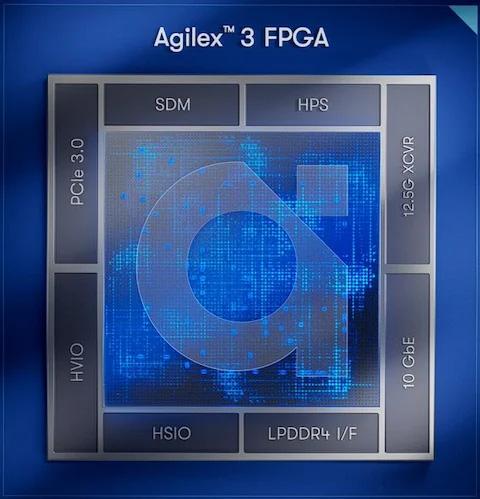
Altera’s Agilex 3 series aims to provide designers with a low-power, high-performance FPGA to integrate more computation in edge devices for industrial, IoT, and distributed applications. Image used courtesy of Altera
When considering sectors such as the IoT, which requires highly distributed computing capabilities, designers are often left with a tradeoff between size and performance. Altera hopes to alleviate this tradeoff with its new Agilex 3 series of FPGAs and allow designers to continue innovating in a wide spectrum of industries.
To learn more about the Agilex 3 series of FPGAs, All About Circuits joined a pre-briefing with Sandra Rivera, CEO of Altera. In this article, we’ll share what we learned from our conversation on the FPGAs' benefits to embedded designers.
Uniting AI and the Edge
A key problem of the Internet of Things (or widely distributed sensor networks in general) is the aggregation of the generated data. While it is trivial to log data from a single sensor, it becomes much more difficult to rapidly log data when you have thousands or even millions of sensors, especially if they are something complex like images.
To address this data aggregation problem, many designers leverage AI to distill large datasets down into key components. In an image recognition problem, for example, instead of sending the entire image to a data center, an AI model can simplify the image into key features.

Knowledge distillation enables more complex models to train a smaller model, allowing data compression and more efficient data ingestion for IoT devices. Image used courtesy of Data Science Dojo
This approach comes with a tradeoff, however, since designers must then integrate AI capabilities into edge devices, which must be compact and low-power. As a result, many groups, such as Altera, have devoted considerable resources to increasing the computational power of small and low-power embedded devices such as FPGAs.
“The FPGA market is going to continue to grow, and in particular a lot of it is coming from these edge types of applications—edge computing and edge AI,” Rivera said. “This includes industrial, automotive, and defense sectors if you think about UAVs and drones and those types of use cases.”
Bolstering Performance With Agilex 3
To address this need for better computation in edge devices, Altera’s new Agilex 3 series of FPGAs provides designers with more logic density at lower powers. Compared to previous generations of Agilex FPGAs, the Agilex 3 series sports up to 1.9× higher performance with 38% lower power, greatly reducing the struggle to integrate high-performance logic in edge devices.
“The Agilex 3 series has more I/O density and more compute capability in a small package,” Rivera said.
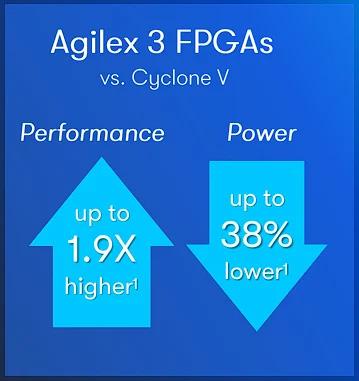
Agilex 3 FPGAs may improve performance without compromising power efficiency, allowing for easier deployment in edge devices. Image used courtesy of Altera
In addition, Altera’s software support has made it considerably easier to integrate AI models into edge devices. Thanks to Altera’s no-cost Quartus software and FPGA AI Suite, designers can readily integrate familiar frameworks such as TensorFlow and PyTorch with Altera FPGAs, improving the time to market and allowing for an overall easier developer experience.
“It turns out for many applications, it isn't always an either/or [between ASICs and FPGAs]—it's and,” Rivera explained. “Content expected to change overtime can run on an FPGA while content (workloads and algorithms) you're confident is hardened can run on an ASIC.”
Agilex 3 FPGAs are available now, along with developer kits, partner boards, and system-on-modules.
Making Accessible FPGAs
In addition to the Agilex 3 announcement, Altera has also announced the new Agilex 5E chip and an expansion of its Max 10 FPGAs, both of which target low-cost or power-sensitive applications. From these announcements, it is clear that, while FPGAs will surely play a role in high-end applications such as data centers or industrial networking, they also have a place in small edge devices. Altera hopes to help designers deploy more advanced algorithms in such edge devices.
“Agilex 3 is just strengthening that position that we’ve enjoyed with Max and Cyclone in that deeply embedded segment,” Rivera said. “With this product, we’re delivering high levels of integration throughout the portfolio.”


